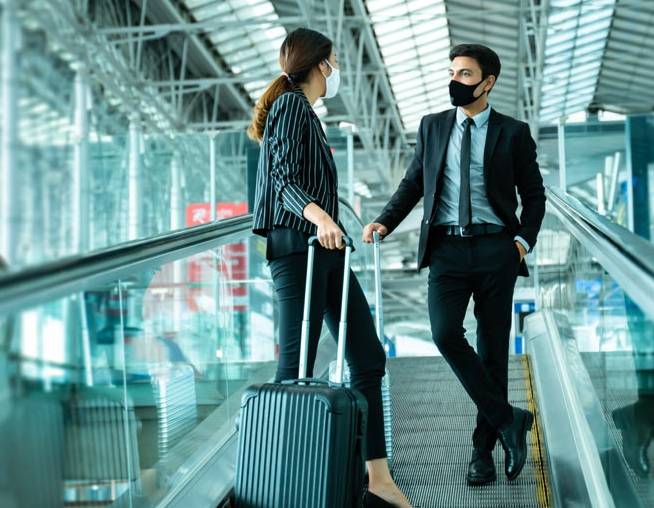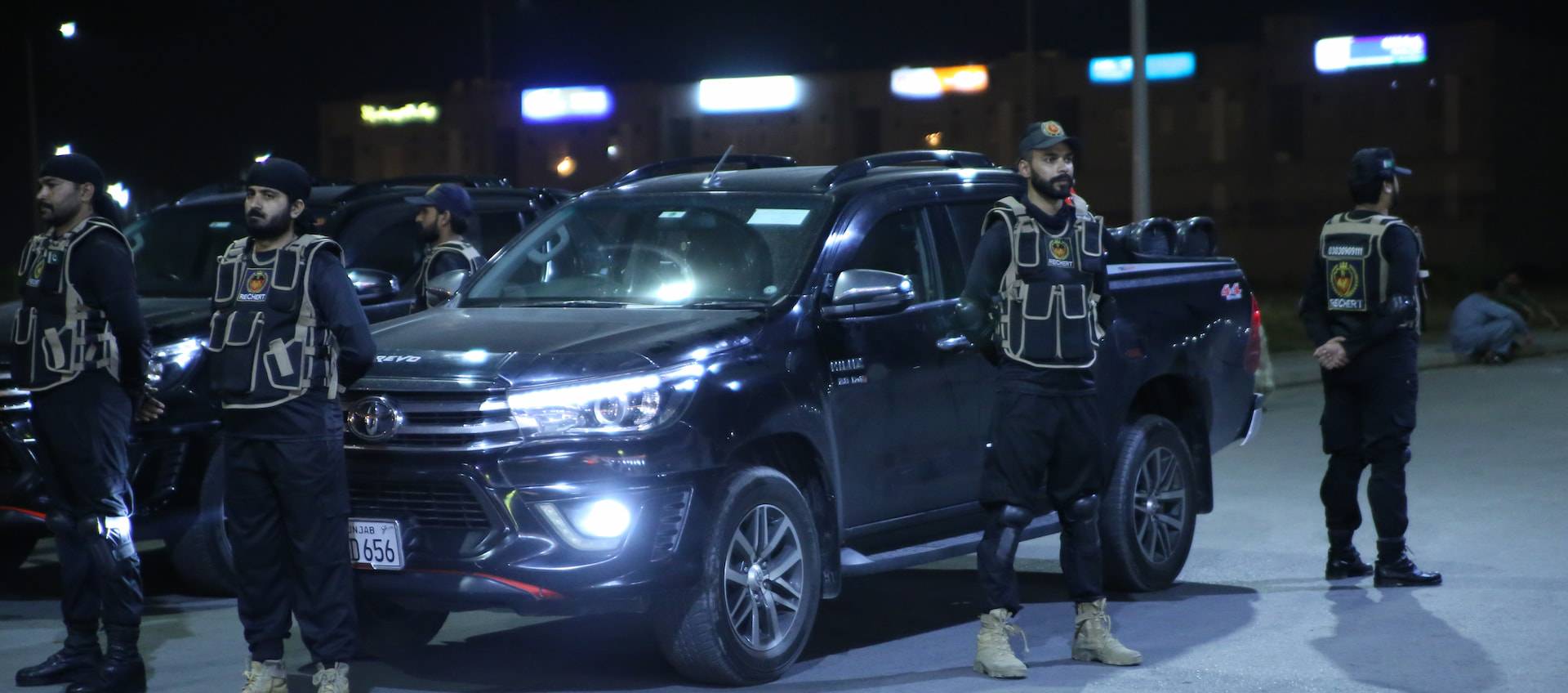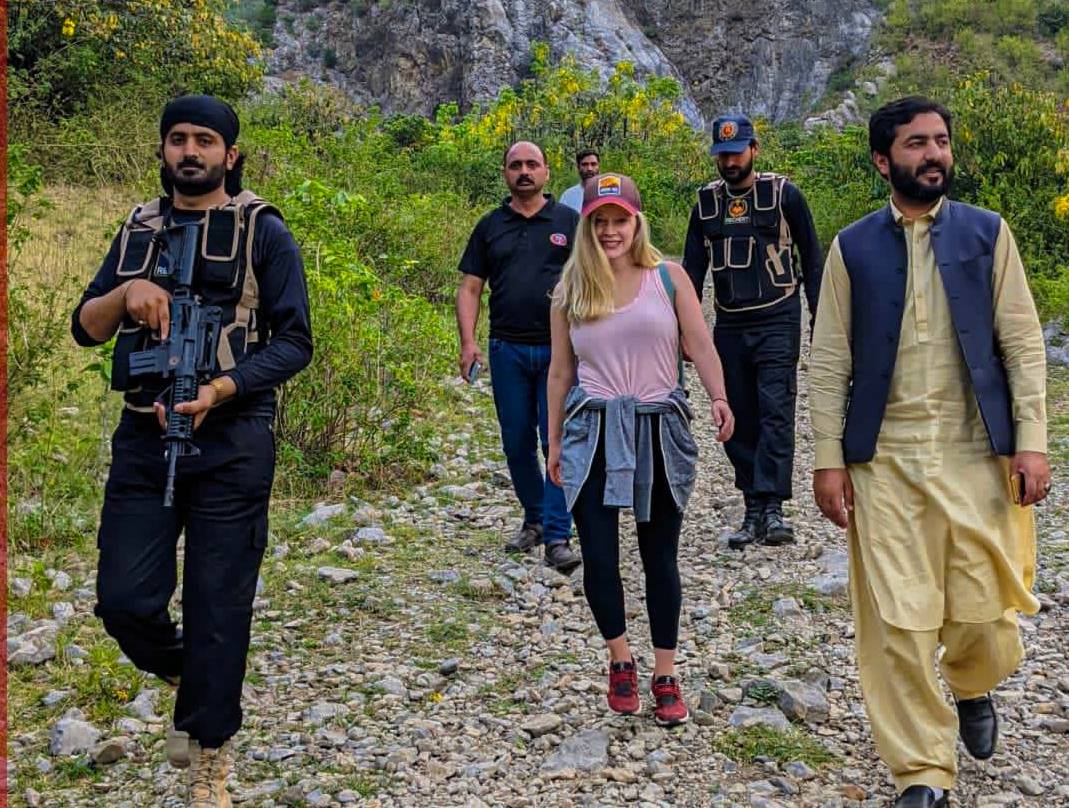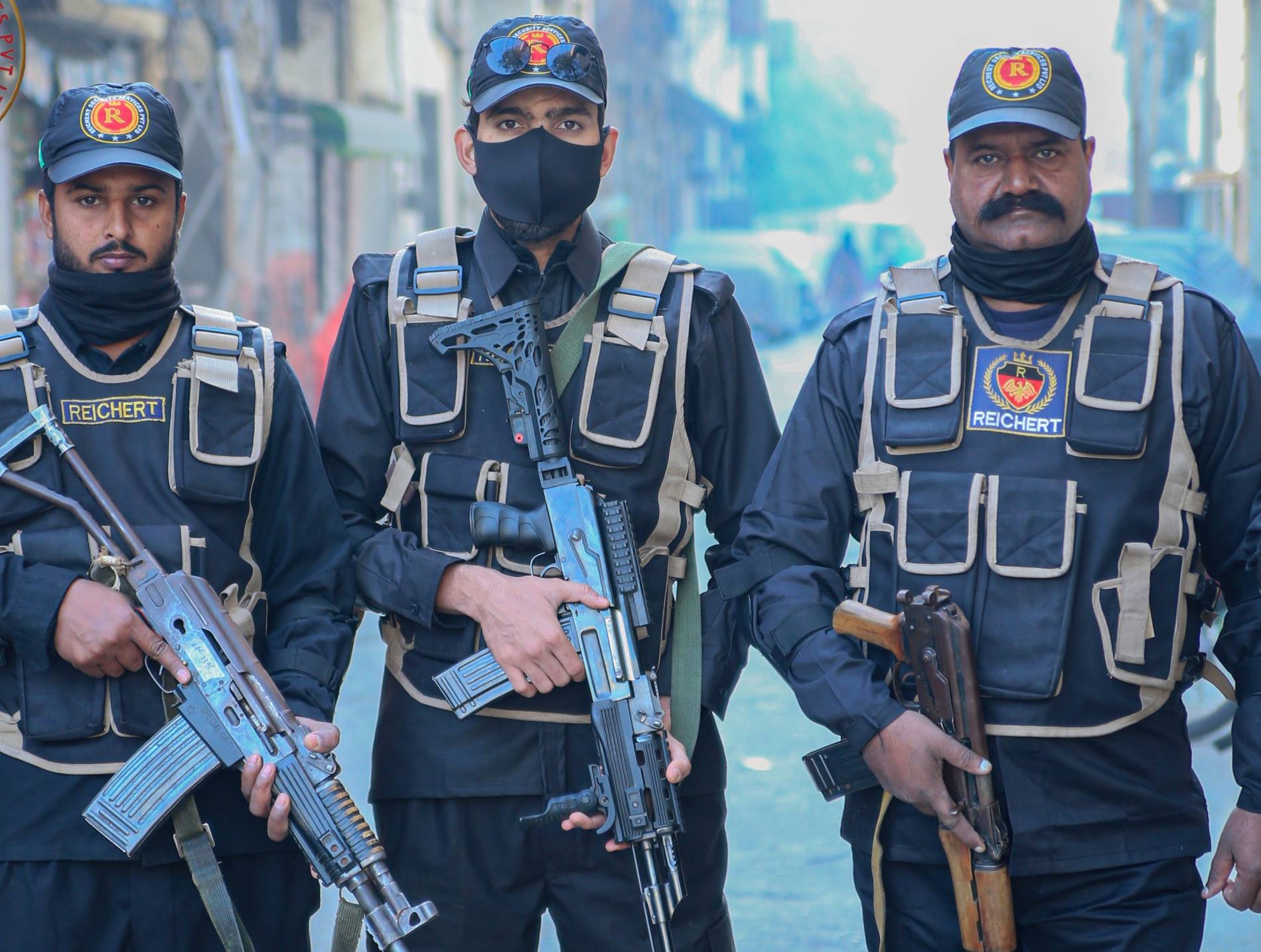Bodyguard and his Responsibility
Major Imtiaz Ahmad Malik ( R ) Tamgha-i-Basalat, is a result-oriented Chief Executive of Reichert Security Services (Pvt) Ltd with vast experience at operational and strategic levels in the Pakistan Army. Managing international organizations and operations with proven success (From Imtiaz Ahmad Malik, CEO of Reichert Security) A bodyguard (or close protection officer/operative) as per Wikipedia definition is a type of security guard, government law enforcement officer, or servicemember who protects a person or a group of people — usually high-ranking public officials or officers, wealthy people, and celebrities — from danger: generally theft, assault, kidnapping, assassination, harassment, loss of confidential information, threats, or other criminal offenses. The personnel team that protects a VIP is often referred to as the VIP’s security detail. In layman’s language, Bodyguards are security operatives with superior experience and acumen having direct interaction with the principal. Bodyguards have specialized training. They are often a part of the security team or they perform independently. Bodyguards generally know the activity schedule of the principal and plan their moves and perform responsibilities accordingly. Bodyguards keep the information confidential. Numerous people hire bodyguards for the reason that they are in the public eye and there could be several associated risks. For example, celebrities face risks from overzealous fans and from people who do not like their work as a belief. Similarly, some people always want to take advantage of a VIP, s wealth. Few hire bodyguards who are rich, famous, famed, and celebrated, hence feel threatened. Revelries and jealousy could be another reason to feel at risk. There could be many reasons creating a real demand to have professional bodyguards for safety and security. Prime Responsibility of a Bodyguard The bodyguard must be a skilled person to prevent and mitigate threats. A bodyguard must be able to stand in front of danger. Bodyguards should assess the imminent threats, and security issues and devise a strategy to tackle the same. The work of a bodyguard is extensively challenging and sensitive. Other skills Correct assessment of the situation Reading the imminent Excellent judgment Common sense Must know teamwork and should be able to perform Stout and healthy Must have good training Weapon handling Preferably should have the driving Calculative decision-making ability Physical health Trustworthy Communication skills must be good Good height and must look like a Truthful Uniform Bodyguards that protect high-risk principals may wear safety Jackets or body armor. The bodyguard may also have other ballistic shields, such as Kevlar-reinforced bags/jackets. The principal does not have grave threats, a bodyguard can wear a normal but smart uniform comfortable enough to perform his duties without any trouble. Weapons Bodyguards can be armed, without armed depending upon the law of the land and the prevailing threats. Difference between Bodyguard and the Bouncer “As per Wikipedia, A bouncer (also known as a doorman or door supervisor)[1] is a type of security guard, employed at venues such as bars, nightclubs, cabaret clubs, strip clubs, casinos, hotels, billiard halls, restaurants, sporting events, or concerts. A bouncer’s duties are to provide security, to check legal age and drinking age, to refuse entry for intoxicated persons, and to deal with aggressive behavior or non-compliance with statutory or establishment rules” Just to understand the difference between both “A bouncer is a security doorman who refuses entry to an individual or makes them leave an event if they are deemed to be too intoxicated or causing trouble. Bodyguards are employed to protect individuals from assassination attempts, kidnapping, or other attempts on their physical well-being”. ” The bodyguard is tasked with protecting one certain individual or a small group from physical harm. Unlike bouncers, they’re likely to be armed, where permitted by law”. Deniss E. Bolužs Difference between Security Guard and the Bodyguard The difference between both is a bodyguard is responsible for one or more individuals whereas a security guard is responsible for one or more premises. Who may require a bodyguard? Celebrities Government officials Wealthy individuals Individuals who have been threatened in some way Event Companies for the events like High Marriages People who are celebrating events at home (for temporary reasons). Anybody renowned The one who faces some risks due to any reasons Travelers Persons who need protection due to any reasons Responsibilities / Duties The major role of a bodyguard depends on several factors. The protection role is given by the security company or the security Can be assigned the responsibility of close Escort guarding role IED detection if the area is sensitive Surveillance and checking and monitoring are not to be under surveillance. Direct interaction with the principal Assessing potential threats Neutralizing any snatching, kidnapping, or harassment attempts to the Crowd control How Bodyguard Squad Works – Concepts and Procedures We will not discuss here the hiring procedures but purely will deliberate on concepts and work modalities. The concept is to know the threats and associated risks to the principal. Bodyguard gets the planned schedule of all activities well before time. A team leader or in an individual capacity makes the plan for the safety and security of his principal or the group. Arranges transportation, assess the route clearance, destination hazards, security arrangements, location of safe havens, etc. He plans his activities keeping in view the principal activities if the principal is traveling, he would see whether the Principal is traveling by Railway or public transport or moving by plane, where he has to attend the meetings, etc. He will ensure that his coordination about safety and security is complete. He keeps all confidential. When the principal exposes himself to a range of risks mingling up in public or participating in rallies and addressing a large audience, the team leader of the bodyguard squad plans for foolproof protection. The bodyguard team leader seeing the itinerary plans one or more bodyguards for hanging over security to check whether the route is completely clear or not. Clearance of Car / Vehicles The bodyguard clears the car /vehicle for the principal and does not leave it unattended
Bodyguard and his Responsibility Read More »
Articles















